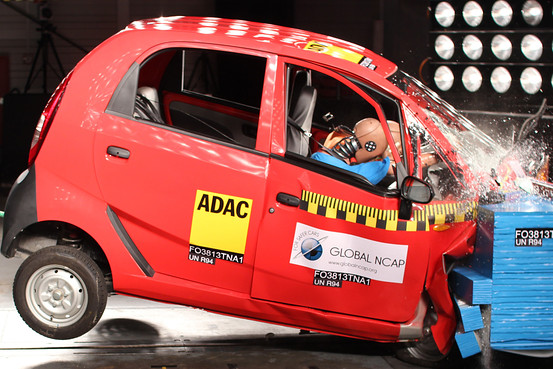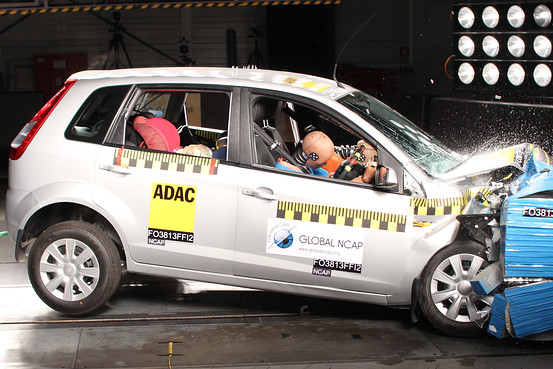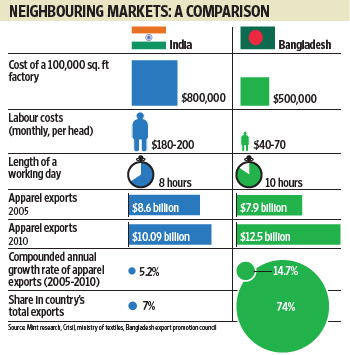Viny
SENIOR MEMBER

- Joined
- Jul 29, 2014
- Messages
- 2,399
- Reaction score
- -19
- Country
- Location
Only the entry-level versions of these cars, which didn’t have airbags, were used for the tests although some have pricier versions from the automakers which do include airbags.
This one line sums it up.
Test the top end models and they will meet most of the requirements.
And it would be very very stupid to think if some country is turning into global automobile manufacturing hub will not have all what needs to build a good car. In a large market like India consumer has abundant choices and best on consumers requirements automakers provide them what they need.
Having said that, I do agree Indian government should enforce more default safety standards, so that automakers are forced to take off the cars off the shelf that dont adhere to best of safety standards.
Without posting stupid troll posts - try to read the following UNIDO report from 2003 about Indian auto industry.
https://www.unido.org/fileadmin/use...ee/Global_automotive_industry_value_chain.pdf
This will moderate all your chest thumping and put things in perspective.
And @Rain Man Bhaya - value addition in sewing garments in Bangladesh comes from cotton-bale level on up. This means carding, spinning, weaving, dyeing, sewing and everything else in-between which is worth hundreds of crores of investment in every individual company - no less than turning screwdrivers and probably way, way more. It is infinitely more of a critical and precision industry than auto manufacturing any day. Especially when catering to world-class markets that Bangladesh does - unlike markets in India.
Do you even know what goes into a world class textile mill? There are at least a dozen local companies with operations and sophistication comparable to your textile majors like Arvind. You have no clue...
Bakwas statement-gulo ki na korlei noi?? The more bakwas statements you post - the more credibility you lose.
India has a huge market for low quality buses - so local industries cater for that low quality market. Our market is small
- so imported products meet the needs just fine. No need for mass low quality bus manufacture like India.
Since you blabered so much, can you let me know whats the bangladesh daily textile production capacity in meters?
And once you find out that, kindly compare it with the textile output of Surat City (Gujarat) and then we can discuss about your investments.
@HariPrasad : Your area of expertize, kindly help the poor fellow with proper insights. I just hope he doesnt fall of the chair.
Last edited:






















